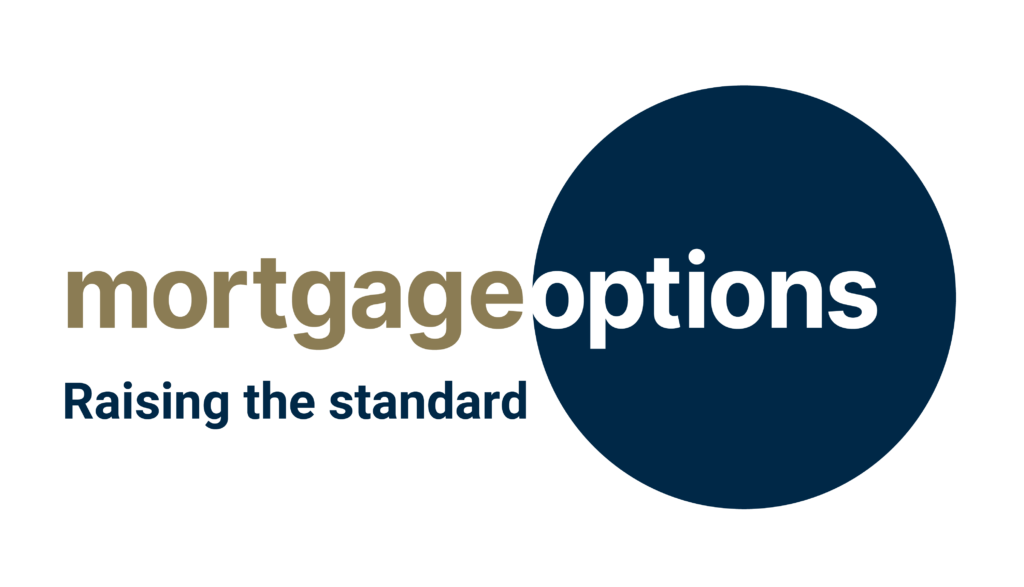| Investors face rapid change due to inflation, geopolitical uncertainty, AI and the energy transition | IMF forecasts global growth of 3% in 2025, but warns of persistent downside risks | Agility, diversification and long-term structural alignment are vital to manage risk and capture growth |
As we traverse the last few months of what has been an eventful year, it’s clear that 2025 has been anything but predictable. Investors have had to contend with shifting US monetary policy, heightened geopolitical tensions, global trade realignments and a fast-changing labour market. Add to this the acceleration of the energy transition and disruptive mega forces such as artificial intelligence, and the result is a world where markets evolve faster than ever.
What matters is not just observing these changes but understanding how they shape the environment for investors. Inflation expectations are no longer anchored at 2% targets, fiscal discipline is under pressure, and long-term growth trajectories are shifting. In this context, markets are reacting quickly to short-term data, as investors interpret what it signals for both near-term performance and longer-term outcomes.
Global growth – a mixed picture
The International Monetary Fund’s (IMF) latest World Economic Update points to global growth of 3% this year, edging up slightly to 3.1% in 2026 – an upgrade on earlier forecasts. The revision reflects several factors, including front-loaded activity ahead of tariff changes, more supportive financial conditions and fiscal expansion in major economies. However, the IMF notes, ‘Downside risks from potentially higher tariffs, elevated uncertainty, and geopolitical tensions persist. Restoring confidence, predictability and sustainability remains a key policy priority.’
An inflection point for investors
At the start of the year, World Economic Forum President Børge Brende called this “one of the most
uncertain geopolitical and geoeconomic moments in generations,” adding “we are at an inflection point.” Recent updates from the Forum have highlighted the themes likely to shape the coming months, including: renewed collaboration to address conflict and misinformation, large-scale workforce reskilling to meet job transformation, redesigning financial systems for longer life expectancies, investment in sustainable infrastructure and the energy transition.
Together, these areas underline current challenges and opportunities – and why, for investors, staying agile, diversified and aligned with long-term structural shifts will be central to capturing growth while managing risk in line with personal tolerances.
Embrace change
Understanding how global forces interact allows investors to capture opportunities. We can help you stay disciplined, diversified and focused on your long-term goals – even when headlines are noisy – so your portfolio is ready not just to withstand change, but to potentially benefit from it.
It is important to take professional advice before making any decision relating to your personal finances. Information within this article is based on our current understanding and can be subject to change without notice and the accuracy and completeness of the information cannot be guaranteed. It does not provide individual tailored advice and is for guidance only. Some rules may vary in different parts of the UK.
